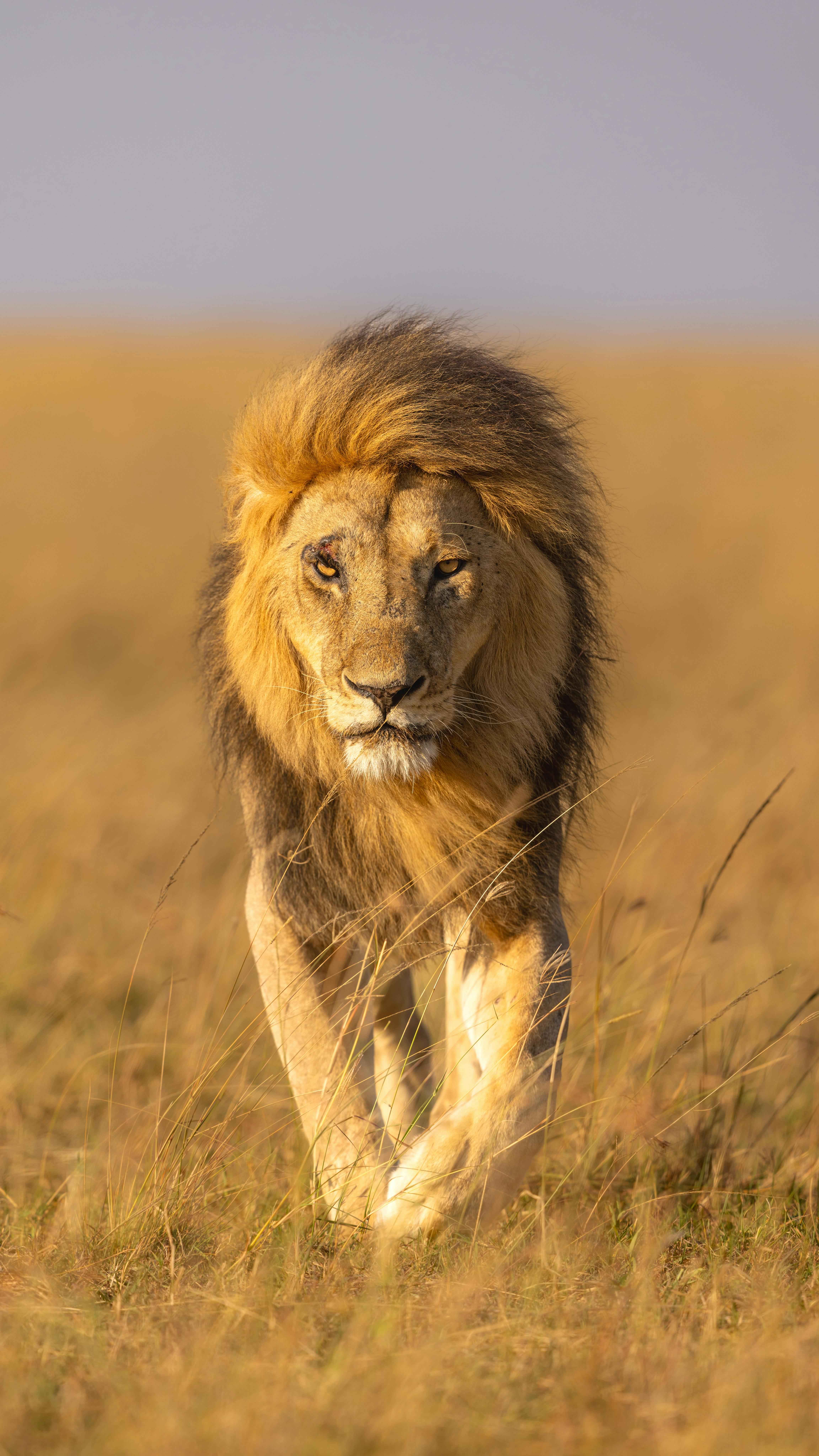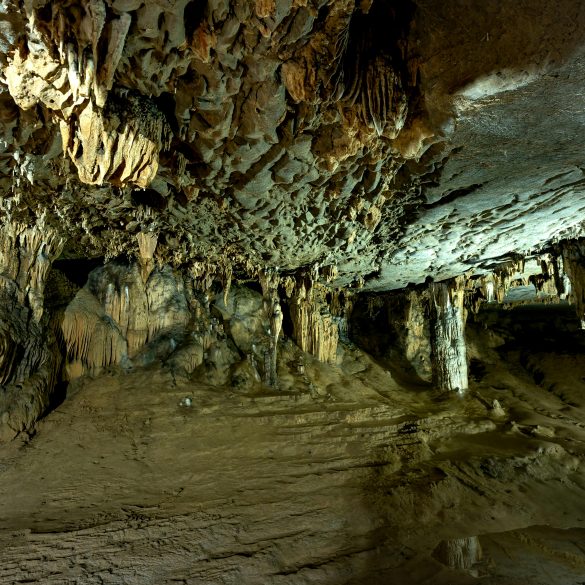Lions in Africa: Conservation, Facts, and the Future of the King
Let me start with a confession. If you’d told me fifteen years ago that lions weren’t thriving across African savannas, I’d have stared at you, wide-eyed, thinking about all those nature documentaries and cheesy travel ads showing endless prides lounging beneath acacias. Turns out, that’s a near-myth. The truth is—lions are in the midst of one of the most dramatic population and ecological shifts any large mammal has ever faced.1 What really strikes me about lions isn’t just their storied past or formidable presence; it’s the complex, often messy intersection of culture, conservation, and commerce wrapped into their continuing existence. And honestly? Every time I set foot on the continent, I find myself learning something new, not only about Panthera leo, but about ourselves.
Myths and Realities of Africa’s Lions
I know what you’re picturing: Golden-maned males, prides numbering in the dozens, a paradise of roaring vitality. Stranger still, I’ve lost count of the times I’ve overheard travelers saying things like, “Aren’t lions everywhere? It’s Africa!” The reality? Lions now occupy less than 8% of their historic range.2 Actually, what’s left is a tightly fragmented mosaic, stitched together by sometimes-dubious fences, politics, and local economics. Call it the myth of abundance; it lingers because—let’s face it—we want it to be true. Even among guides who work daily with these animals, I’ve encountered a mix of resigned hope, nostalgia, and fierce regional pride. And yes, sometimes outright frustration on how outsiders “get it wrong.”
Where Lions Roam: Range, Numbers, and Trends
Here’s where I usually pause, take a breath, and clarify: “When I say ‘Africa’s lions,’ I’m talking about roughly 20,000 to 23,000 wild individuals—and dropping.” (As of 2024 research, mind you; these numbers shift with every new survey.3) Why the discrepancy between imagination and reality? Two reasons: robust populations still exist in a handful of strongholds—think Tanzania’s Serengeti or Botswana’s Okavango—but elsewhere, lions are teetering on extinction’s edge, or gone entirely.
When I first started visiting reserves, the range contraction was theoretical to me—just a statistic.5 It wasn’t until a 2016 project in Zambia, when our research team spent two weeks and spotted just one male subadult, that I truly understood the razor-thin margins most populations are up against. Geographic spread? Sure, the media highlights Kruger and Serengeti, but countries like Nigeria, Ghana, or even formerly lion-rich Kenya have seen catastrophic declines.
So what’s driving these patterns? It’s a tangled web, spanning land conversion, livestock conflict, poaching, and plain old political neglect. But it all points in one, typically overlooked, direction: lions survive where people (and governments) want them to survive.
Next, let’s dig into lion society—their family dynamics are both fascinatingly complex and a double-edged sword for survival. But before that—are you as surprised as I was when I learned just how fragmented things have become?
Pride Life: Social Structure and Hunting Realities
If you’ve watched a pride at dusk, with siblings flopped atop each other, it’s tough not to imagine lions leading cozy, drama-filled lives. Honestly, lion society is messier than the documentaries let on. Females run the pride—period. Sisters, mothers, and aunts form the stable core, while males drift in and out, often at the mercy of brutal turf wars.7 I learned this the hard way: On my first extended fieldwork project, I naively believed the “king of the jungle” motif. In reality, pride males are more like rent-a-cops—protectors, sure, but usually only until a rival coalition boots them from the throne. What struck me most? The deep emotional bonds among female kin. When a pride loses its matriarch, you can literally see the social vacuum; cub survival rates can plummet as a result.
As for hunting, let’s scrap the whole idea of lazy males versus hard-working females. It’s mostly true—females do bulk of the hunting—but when large game like buffalo is on the menu, everyone gets involved. Kills can fail as often as they succeed (over 70% of attempts fizzle), and to call the process “easy” is to betray a deep misunderstanding of wild Africa.8 What I used to imagine as well-oiled machine is, on the ground, a jittery calculation of hunger, terrain, cooperation, and weather. No two hunts—no two prides—work the same way.
Threats: Disease, Poaching, and Human Encroachment
Sometimes it’s easy—dangerously easy—to blame poaching and leave it at that. But if you ask actual field workers (as I have, dozens of times now), they’ll always say: It’s more complicated. Yes, there’s commercial poaching for bones and body parts, especially since the rise of “lion bone” exports to Asia.9 But for the average pride, the immediate killers are habitat loss and retaliation from farmers whose cattle become lion prey. I remember a conversation in northern Botswana, where a seasoned wildlife vet admitted: “We lose more lions to a single poisoning event than to a year of professional poachers.” Sobering, right?
- Retaliatory killings by local herders (poisoning, shooting)
- Fragmented or “island” habitats; limited gene flow
- Emerging diseases (canine distemper, bovine tuberculosis)
- Poorly managed trophy hunting in some regions
- Illegal trade in bones, teeth, claws
And disease? Don’t be fooled—lions are not immune. In the late 1990s, canine distemper (spilled over from unvaccinated village dogs) decimated Serengeti pride numbers by over a third. More recently, isolated populations have lost critical breeding individuals to tuberculosis and other outbreaks.11
Cultural, Spiritual, and Economic Significance
I’ll be completely honest—the first time I attended a village prayer that referenced lions, I was floored by how personally the animal figured in ritual, storytelling, even in local politics. “The lion is not a beast—he is a judge,” one elder told me. The truth is, lions were shaping societies thousands of years before travel companies ever printed safari brochures. They symbolize power and danger, sure, but also stewardship, patience, and sometimes heartbreak. When I read historical accounts, it’s clear: the relationship wavers between awe, reverence, and necessity.12
Modern economies—especially tourism—remain tightly tethered to the “Big Five” mystique. In Tanzania, for example, up to 14% of GDP is directly linked to wildlife tourism, with lions as headline act.13 But this dynamic is inherently fragile; if lion populations drop, so will jobs, school funds, and global attention.

Lions & Safari Tourism: Opportunities and Dilemmas
Back in 2018, guiding a small group through Tanzania’s Ruaha National Park, I had a harsh realization: Not every “lion sighting” is a feel-good moment. Sometimes it’s a thin male, limping from a snare wound; sometimes it’s empty country where guides admit, quietly, “We haven’t tracked a pride in weeks.” Nevertheless, lions remain the draw card for African wildlife tourism, and, paradoxically, their presence creates both opportunities for conservation and new dilemmas. The truth? Not every visitor understands (or is even told) the tightrope walk between showcasing lions and pressuring wild populations.14
Is tourism always “good” for lions? Sometimes, not always. Done right, it funds anti-poaching patrols, creates incentives for local stewardship, and powers research. Done poorly—think overcrowded vehicles or “walk with lion” cub-petting operations—it can stress prides, disrupt hunting, and perpetuate dangerous misunderstandings about wild behavior. I’ve personally seen lions visibly alter their routes to avoid busy tracks during high season. The impact isn’t always immediate, but over time these pressures add up.
Safari Planning: What Should You Really Look For?
- Transparent operator conservation policies (ask for proof of donations or partnerships)
- Guides trained in wildlife ethics and local culture
- Preference for non-motorized or small-group game viewing
- Opportunities to support community-run reserves (like in Zimbabwe’s Bubye Valley)
The Future of Lions: Complex Solutions, Open Questions
I’m still learning, every year, about what actually moves the needle for lions. It’s not just “more protected area” or “better funding.” It’s how incentives align, how communities gain as much from lions living as dead, and how adaptable we—humans—are willing to be. Leading conservation organizations now favor models that make local people primary beneficiaries (and decision-makers) of successful lion recovery.15 In my view, the two most promising trends right now are:
- Corridor creation: Re-linking protected areas so lions can disperse naturally and avoid inbreeding disasters. Think Botswana’s recent Okavango-Linyanti initiative.
- Community conservancies: Empowering rural communities to manage land for both livestock and wildlife—proven game-changers in Namibia, northern Kenya, and Zimbabwe.16
| Conservation Approach | Example Location | Population Impact | Key Challenge |
|---|---|---|---|
| Protected Area Expansion | Greater Limpopo, S. Africa/Mozambique | +14% since 2000 | Funding, cross-border politics |
| Corridor Development | Botswana’s Okavango-Linyanti | Gene flow restored (2017-2023) | Land use conflict |
| Community Conservancies | Namibia, Kenya’s Laikipia | Stabilized or growing | Livestock predation |
| Technological Monitoring | Serengeti (collar study) | Targeted interventions | Cost, data privacy |
But here’s the thing: There’s no single “magic fix.” Each place needs a hybrid approach—one that listens as much as it prescribes. And, as always, new dilemmas emerge. For every success story, we’re left riffing on questions like: When should problem lions be relocated? How do you balance local livelihoods with national heritage? Where’s the line between “wild” and “managed” in the 21st century?
Let that sink in for a moment: the fate of lions, and maybe our own relationships with wildness, hinges on layers of education and empathy as much as on technology or dollars spent. And honestly, I have to wonder—are we, as outsiders, listening as much as we’re talking?
Epilogue: What Will the Next Chapter of Lion Conservation Hold?
Every single trip to Africa changes my thinking just a little. Sometimes the change is subtle—a new scientific paper, a heartfelt conversation with a village elder, a late-night debate around a campfire with young conservationists from Namibia, Kenya, or Zimbabwe. Other times, it’s a gut punch: finding a once-mighty pride reduced by conflict, or encountering a guide who admits, “We haven’t heard a roar since last winter.”
So, what’s the true story of lions in Africa? Here’s where I’ll put my cards on the table: There’s hope—real, data-driven hope. But there’s also the looming possibility that, within our lifetimes, wild lions could vanish from all but a handful of protected landscapes unless collectively, we value their role more strongly than the sum of the threats they face.18 My challenge to you—traveler, student, policy-maker, or armchair explorer—is not just to marvel, but to engage, support, and ask tougher questions than the Instagram posts or glossy coffee-table books.
References & Further Reading



